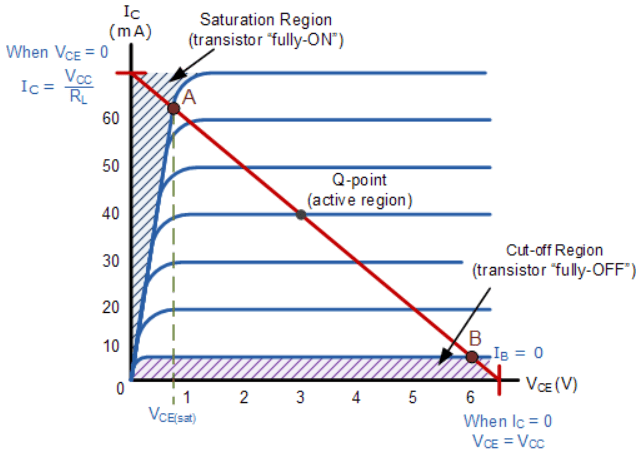Electronic switch
But in the case of a transistor used as a switch, since we apply a pulse wave to the base of the transistor, will not the transistor keep on turning on and turning off continuously with the frequency of the applied pulse? Then what is the advantage of using it in the place of a conventional swithch? Or, only in some specail situations do we use it? In that case, what are those situations?

